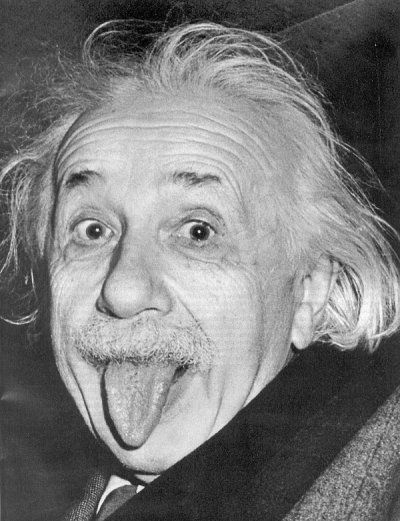
stated that mass can be changed into energy, and energy to mass. Some people made use of this theory for distructive uses. Since the day when nuclear fission was discovered, people tried to create more powerful weapons using the mass-energy relation. For example, the atom bomb and hydrogen bomb. They uses the theory of nuclear fusion and fission to generate huge amount of energy.
So, does the E=mc² gives us only the power to destory?
That's a good question. The E=mc² gave us the power of distruction, but it also gave us the power to create. In nuclear power stations, nuclear fission is used. If einstein didn't gave us the mass-energy relation formula, nuclear power stations will not exist, and human will continue to depend on fossil fuel. Let's say that the mass-energy gives us both the power to destory and to build.
The mass-energy relation also helped explain the very begining of the universe. The first matter was created with energy. Everything in this world were once energy. Einstein learnt how god had created this world.
- Posted using BlogPress from my iPhone
.gif)
.gif)
.gif)
.gif)
.gif)
.gif)
.gif)
.gif)
.gif)
.gif)
.gif)
.gif)
.gif)

